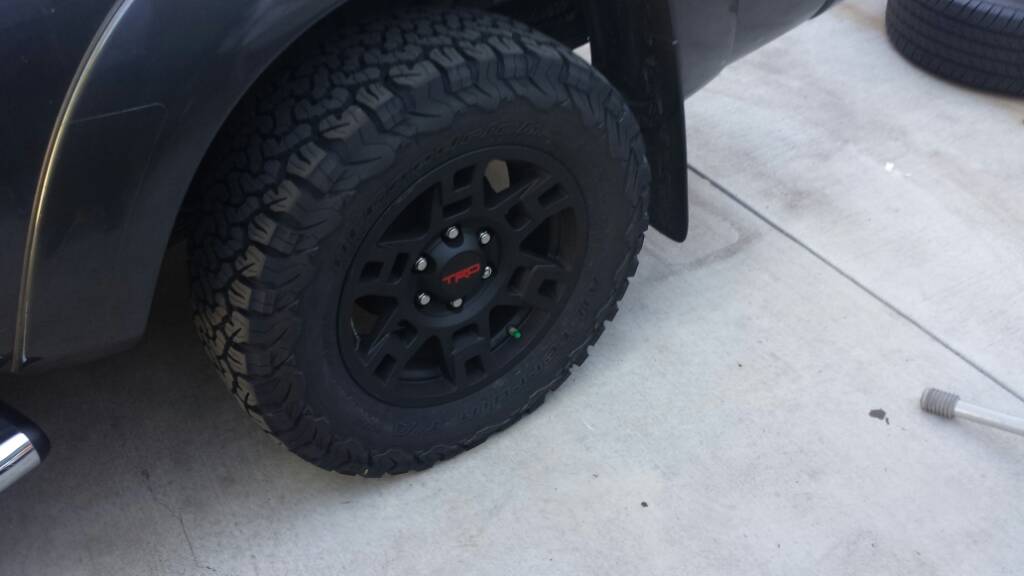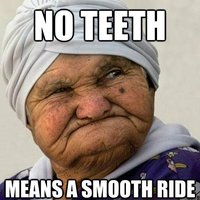jjg2014
Member
I just purchased 265/65/17 ko2 tires what is the correct tire pressure for my Tacoma but 29 PSI that the door jamb sticker has is too low and the tires feel like they are dragging I tried the 33 and feels much better but still don't know if it's the correct PSI or do I need more


